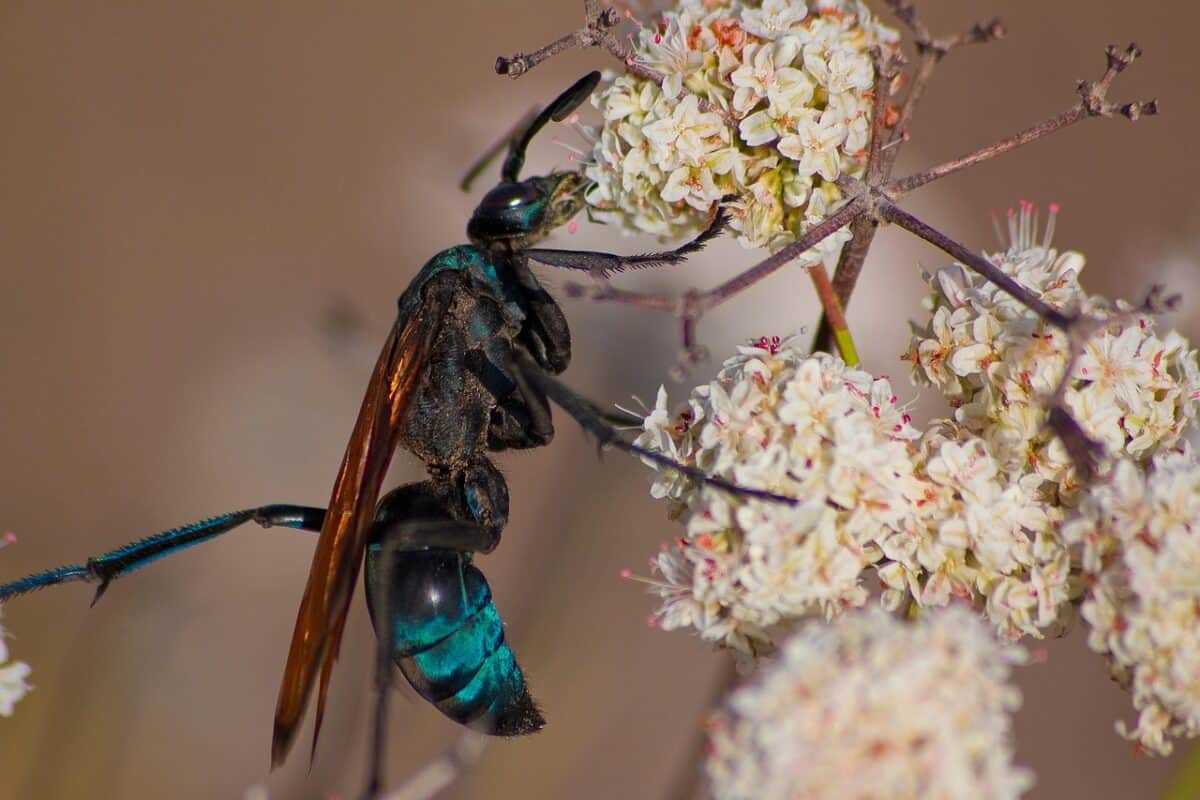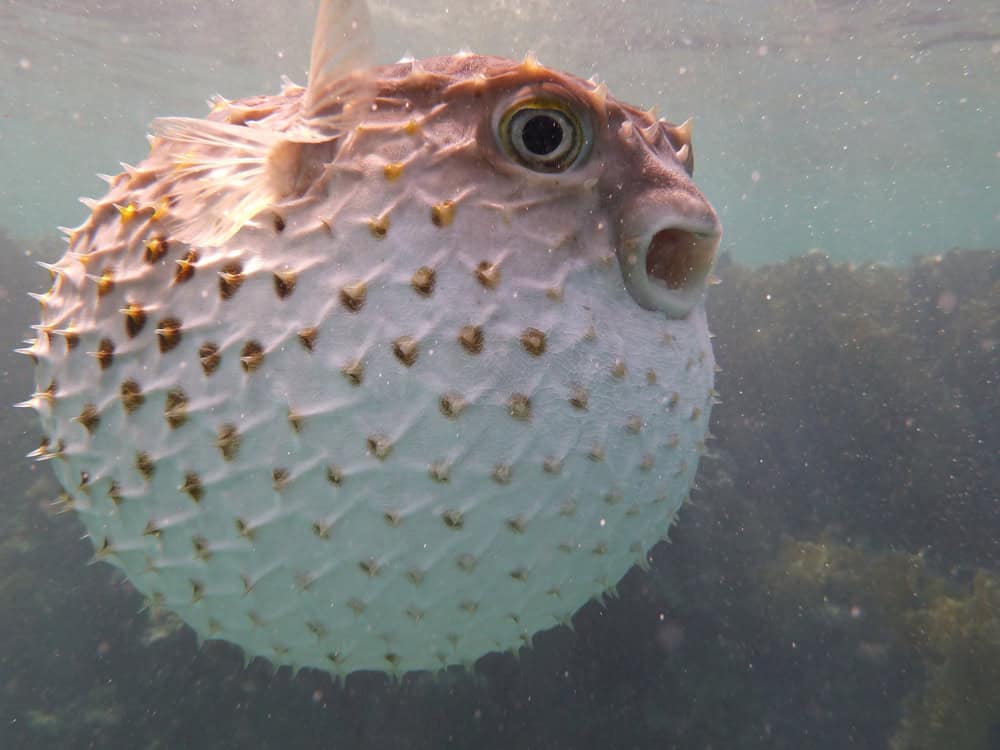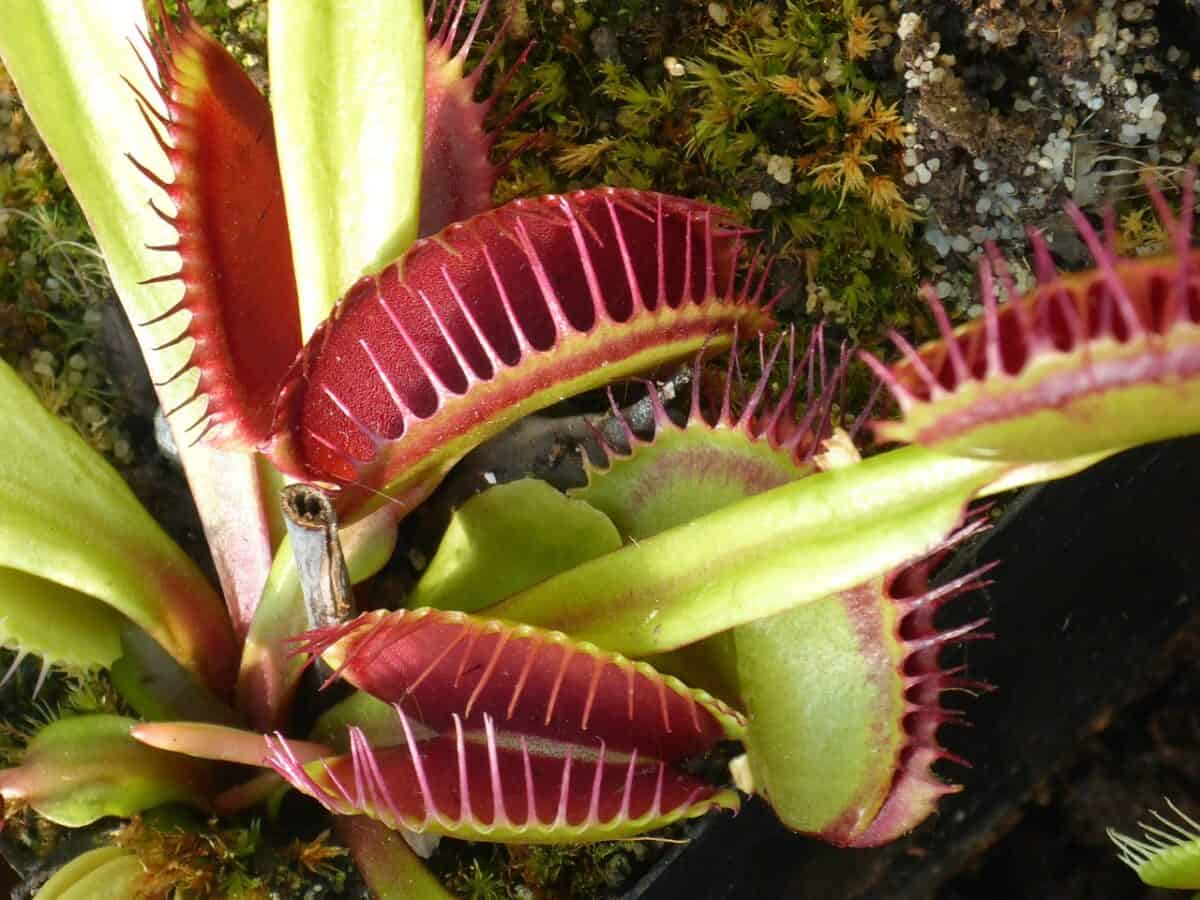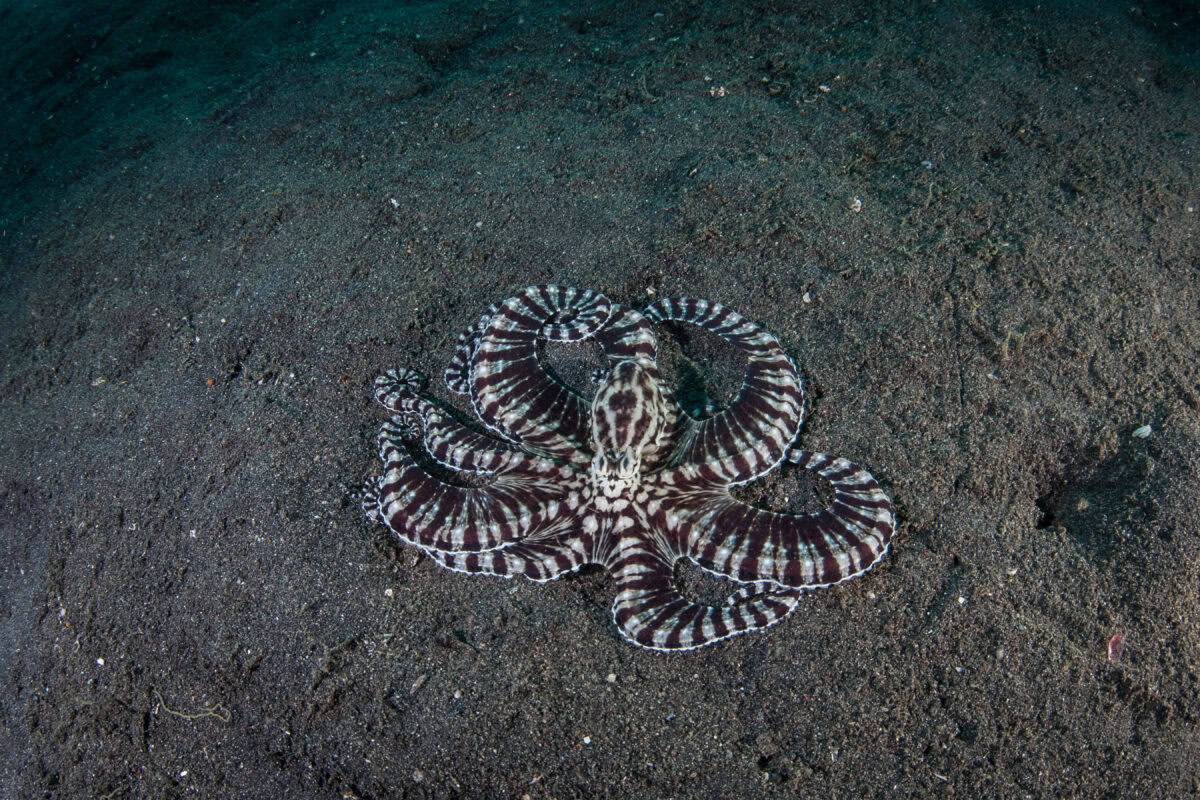Nature is an endless theatre of wonders, where every performance showcases the majestic, the bizarre, and the awe-inspiring. Within this dramatic display, some animals have evolved extraordinary tactics for survival that are as innovative as they are fascinating. These strategies are not only a testament to the diversity of life on Earth but also highlight the incredible adaptability of creatures in response to environmental challenges. Below, we delve into the captivating world of strange animal survival tactics, revealing the unique skills and behaviors that ensure these species thrive against the odds.
Tarantula Hawk’s Paralysis Potion

The tarantula hawk is a wasp with a potent sting that it uses as a chilling survival tactic. This insect targets large tarantulas, delivering a sting that paralyzes but does not kill. It then drags the immobilized spider to a burrow and lays an egg on its body. When the larva hatches, it slowly consumes the still-living tarantula, ensuring a fresh meal. This gruesome approach enables the wasp’s young to thrive in a hostile environment.
Opossum’s Dramatic Death Feigning

Opossums are known for their ability to ‘play dead’ convincingly, a behavior scientifically termed ‘thanatosis.’ When threatened, an opossum collapses, drools, releases a foul-smelling fluid, and slows its breathing to appear lifeless. This theatrical display can last for hours, deterring predators who prefer live prey. The opossum’s act of playing possum is a remarkable defense mechanism against becoming a meal.
Pufferfish’s Inflation Cover

The pufferfish, hiding beneath its unassuming exterior, holds a unique defense strategy. When threatened, it gulps water and air to inflate its body, becoming a spiky, unpalatable ball that predators find difficult to swallow. Some pufferfish species also produce tetrodotoxin, making them poisonous. This dual defense of physical transformation and chemical deterrent is highly effective in dissuading attackers.
Bombardier Beetle’s Chemical Cannon

The bombardier beetle is a master of chemical warfare, defending itself with explosive precision. When threatened, it combines chemicals stored in its abdomen to create a blistering-hot spray, which is ejected towards predators at rapid speeds. This boiling-hot spray deters numerous would-be attackers, showcasing the beetle’s impressive chemical adaptability.
Peacock Mantis Shrimp’s Power Punch

The peacock mantis shrimp is a small marine crustacean armed with one of the fastest punches in the animal kingdom. Its club-like appendages strike with the velocity of a .22 caliber bullet, with enough force to crack shells and disorient predators. This strike also creates cavitation bubbles that quickly collapse, producing additional shockwaves. The mantis shrimp’s formidable strike is a testament to precision and power in nature.
Horned Lizard’s Blood Squirting Defense

The horned lizard, found in arid regions, has developed an unusual defense mechanism to thwart predators. When threatened, it can burst small capillaries around its eyes, squirting a stream of blood at its attacker. This remarkable defense disorients and often deters predators like coyotes and birds of prey, proving that even the smallest creatures have mighty means of protection.
Venus Flytrap’s Lethal Lure

Though stationary, the Venus flytrap is a predator that uses a cunning trap to capture prey. Its leaves, when touched by insects, snap shut with speed, trapping its victim inside. The plant secretes enzymes to break down its catch, absorbing nutrients from the insect. This extraordinary adaptation allows the Venus flytrap to extract nourishment in nutrient-poor soil environments.
Sea Cucumber’s Evisceration Evasion

The sea cucumber possesses a unique escape tactic to confuse predators: when threatened, it will expel its internal organs, which can later regenerate. This sudden release of sticky, toxic filaments entangles and deters predators, buying the sea cucumber time to escape. This strategy highlights their ability to sacrifice parts of themselves for the greater good of survival.
Octopus’s Adaptive Disguises

Octopuses are masters of disguise, using their skin to mimic shapes, colors, and textures in their environment. With complex skin chroma sacs, they can blend perfectly with the ocean floor, becoming virtually invisible to predators. This dynamic camouflage system allows them to hunt unnoticed and evade numerous threats, making them one of the ocean’s most elusive creatures.
Mimic Octopus’s Impersonations

Going beyond camouflage, the mimic octopus has one of the most fascinating defense strategies in the water. It can contort its body to imitate over a dozen harmful species, including lionfish, flatfish, and sea snakes. This remarkable mimicry confuses predators, persuading them to maintain their distance based on perceived threat level, a survival strategy that sets it apart in marine environments.
Conclusion:

In conclusion, the natural world is an impressive repository of astonishing survival tactics honed over millions of years. These strategies are critical not only to the survival of each species but also to the balance of ecosystems. By studying these extraordinary behaviors, we can gain a greater appreciation for the complexities and intricacies of life and the indefatigable spirit of survival that permeates every corner of our planet.
- 10 Animals That Use Bizarre Survival Tactics - August 9, 2025
- The Most Beautiful Bird Migration Routes Across the US - August 9, 2025
- 14 Dog Breeds That Love to Cuddle - August 9, 2025

